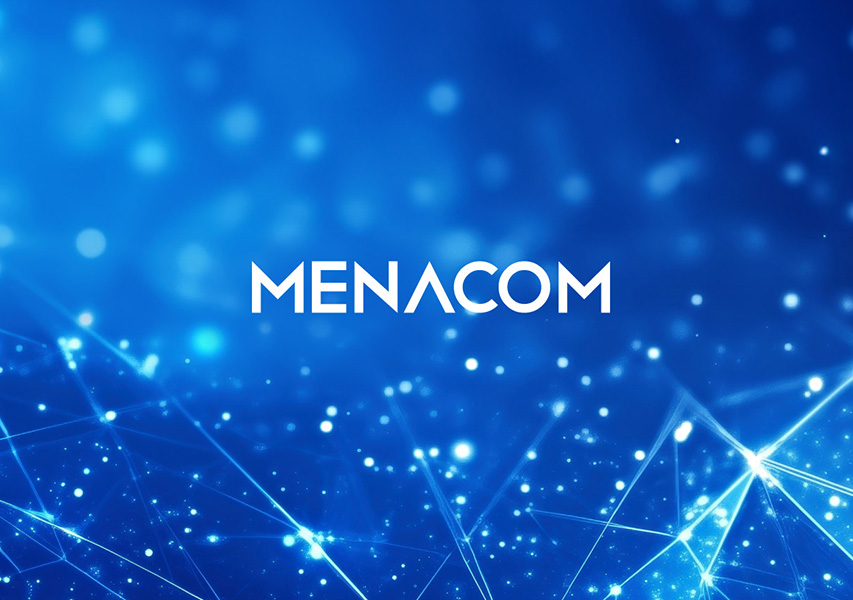MENACOM Jordan CEO Relja Jovic shares his insights into the changing world of public relations
It seems like the world of public relations has been undergoing a series of increasingly drastic transformations over the last decade. This is due in large part to the enormous shifts in the global media landscape: in general, media is far less centralized than it was at the turn of the century, and the traditional platforms and outlets have been replaced by niche programming and an increasingly diverse social media landscape that has become a primary information and content source for much of the population.
All of this has conspired to make the job of the average public relations professional considerably more challenging. It used to be fairly simple to target an audience and relay a message en masse. But no more: now, messaging must be carefully tailored to micro-segments, and these audiences must be targeted in a more refined way that requires a lot more legwork.
On top of that, there is a growing expectation for PR professionals to be able to quantify the impact of their efforts like never before, and the traditional measurements simply won’t cut it: when businesses invest in PR, they want to see those efforts linked to tangible business outcomes. Forget share of voice: C-level executives want to know how that share of voice correlates to sales, profits, and overall business growth. Even in the age of big data, these kinds of insights can be difficult to derive—and even harder to verify.
At the same time that all of these trends continue to progress and solidify, another big trend has been dominating conversations in the PR and marketing communication communities: artificial intelligence. And it’s no mystery why the marketing industry seems more obsessed with this topic than most: a recent analysis conducted by McKinsey identified the marketing and sales sector as having greater potential value to be unlocked by AI (up to USD2.6 trillion) than any other sector.
In other words, for marketing and PR pros who know how to leverage AI properly, it can be an enormously valuable—and profitable—tool.
For the public relations industry in particular, AI can be employed to help PR pros streamline their efforts and more efficiently adapt to the latest industry trends. Take a topic like media relations: with a more diverse media scene that demands more personalized and customized content pitches, doing things the analog way requires so much time and effort that it can easily become an all-consuming task. Instead of relying on complicated spreadsheets and manual grunt work, AI can play a key role in developing pitches that target specific outlets, journalists, or influencers. A single angle or pitch can be adapted seamlessly into several different, niche ones—increasing the chance that these various media outlets and journalists will want to pick up the story.
AI can also help PR professionals gain insights that will help them more effectively approach specific journalists and influencers. Artificial intelligence tools can be used to fast-track the research and insight process, answering questions like, “What kind of stories does this journalist tend to publish? How do they feel about a particular topic? What time of day—and what day of the week—is my pitch most likely to generate a positive response?”
When it comes to content creation, while AI still isn’t going to produce world-class articles or profoundly compelling or unique narratives, it can certainly be employed to kickstart and streamline the creative process. AI tools like ChatGPT or ChatSonic can help come up with angles for article and blog topics, develop suggestions for social media content, and create a springboard for out-of-the-box event concepts—to name just a few potential implementations.
And, of course, AI is helping PR professionals tap into data-driven insights like never before. Measuring the ROI of public relations campaigns, for example, is now a considerably easier task, with AI able to conduct complex regression analyses and cross-reference numerous data sources instantaneously. Better still, AI’s predictive analytics capabilities mean that PR teams can determine the likely success of a campaign before they invest the time, energy, and money in its implementation.
Already, there are AI-driven tools being designed and optimized specifically for the public relations industry—like Propel PRM, which markets itself as CRM for the PR professional. Tools like these are also helping PR teams better integrate their services with other practices—like marketing, advertising, social media, and media planning—which is becoming increasingly important, especially as the lines between these practices (and their aims) continue to blur.
At MENACOM Jordan, the integration of communication practices has long been our strength: with six diversified agencies in our portfolio, the blurring of lines between practices is something we will always be able to navigate with ease, owing to our broad expanse of expertise. And in the era of AI, we’ve been taking this integration to new, more technologically advanced heights.
The important caveat of technological innovation is that it needs to add real value; it can’t just be a lot of flashy bells and whistles. With the establishment of our Digital Innovation Department, MENACOM Jordan has been creating greater unification between the strategic planning side of the business and the digital side of the business, and looking at new ways that we can leverage technology to benefit our clients across the group.
The question that always seems to arise when talking about AI is, “Will artificial intelligence ultimately replace us?” In other words, with the growing number of AI-driven tools and the recent improvements in the quality of these tools, will marketers and PR professionals soon find themselves irrelevant?
The answer is always, confidently, no. For starters, the PR industry depends heavily on building relationships—real, human relationships. AI will never be a substitute for genuine human connections.
It will also never be able to rival the infinite capacity of human creativity. Artificial intelligence is always going to be limited to the quality of information available to it: crafting a compelling narrative or coming up with a genuinely innovative campaign idea is something only a flesh-and-blood communication professional will ever be able to accomplish.
What AI can do is help make the day-to-day work easier, getting the research and analysis and grunt work out of the way, freeing up our minds to focus on doing what really matters, and what we as PR professionals really love: coming up with winning ideas.







